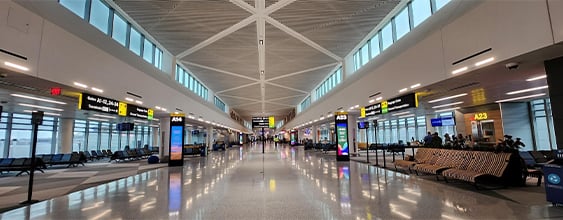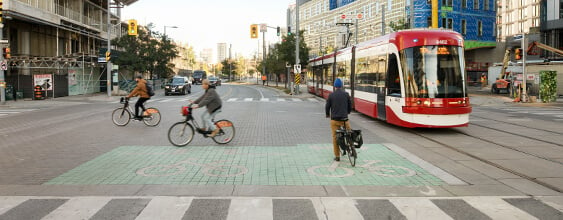This presents a real opportunity for those at the drawing board to design light rail from scratch with safety and accessibility for all at the core of the blueprint.
Why? Because one size doesn’t fit all!
Public transport accessibility has become a hot topic lately. That’s down to our aging population and the quarter of Kiwis limited by a physical, sensory, learning, mental health or other impairment.
A wave of older, more infirm people is hurtling toward us. By 2048, there will be nearly four times as many people 85 and older as there are today. Fifty years from now, lots more creaky knees and dodgy hips will be using trains and buses.
Designing light rail with the needs of less-mobile people in mind will be a win-win. If we get it right, now, for those who’ll need a little more help down the track, we’re setting ourselves up for a better, more usable environment for everybody.
Enter Universal Design
The term 'Universal Design' was coined by the late US architect Ronald Mace to describe the concept of designing all products and the built environment to be aesthetic and usable by everyone – no matter their age, ability, or status in life.
Whether you're elderly, using a mobility device, wrangling children and prams, or staggering under the weight of too many groceries and packages, the right Universal Design treatment can work wonders in guiding people through places and spaces. Better yet, it goes a step beyond the traditional ‘de-risking’ approach found in most accessibility standards.
Braille messages and arrows on handrails, for instance, provide directional cues for both visually impaired and fully sighted people. Better light in stations and stops can eliminate glare, help with navigation and create a safer, welcoming experience with improved feelings of security.
Smooth, even pathways that lead to light rail transit points will benefit those with wobbly and not-so-wobbly legs and may even help bring down the hundreds of millions of dollars paid out annually by ACC for slips, trips and falls.
Elsewhere in the world of Universal Design, landscaping can create a positive, mood-enhancing atmosphere. Research from Japan shows that vegetation ranks high on the list of things valued by people across the life of public assets like light rail.
Waiting areas with clear line-of-sight to approaching carriages, seats with arm and back rests, protection from the weather and plenty of space to avoid crowding and pushing are other examples of Universal Design – among many.
Taking a behavioural science approach
As behavioural scientists, we take a ‘socio-technical’ approach to planning the Universal Design of public spaces. Our catch cry is 'Just because you can, doesn't mean you should'. Design shouldn't just be informed by technology - it must also be sensitive to the realities of human behaviour.
We know, for example, there are lots of distracted people wandering about public transport spaces. It’s impossible to design out distraction, but we can work with users to understand where best to place visual cues and filter information at the right stage of their light rail journey.
By workshopping options with end users of all abilities we can design spaces that meet everybody’s needs. Our aim is to create experiences that guide and lead people through places, get them to our vibrant city locations and, most of all, let them enjoy the journey.
A hallmark of the behavioural approach is working with different groups of people – not once, but many times. We ask questions, give them tasks, collect feedback and assess responses using ‘ride-alongs’, movement tracking and 'think aloud’ research techniques. We've used these methods to help public transport authorities better understand user behaviour, including in Melbourne, Singapore and Christchurch.
We’ve learnt from experience that working closely with end users can highlight gaps in design where not enough information is being provided. With eye tracking, for example, we can see where people are (and aren’t) scanning – which helps with sign placement and hazard mitigation.
Working with end users as part of Melbourne's next-generation trams project, we used immersive VR goggles to simulate 10 tram-stop design options with a range of groups to understand their unique and common needs.
As part of Christchurch's 'Bus Futures' work, we went into the field to ride along with people who weren't frequent bus users. From front gate to destination, subjects were encouraged to express what they were seeing and feeling.
Our work with the Singapore Land Transport Authority and Singapore Kindness Movement saw people’s social interactions on bus trips closely scrutinised – helping us better establish what design cues would compel somebody to queue in an orderly fashion and give up a seat to somebody in greater need.
Playing it safe
Surveys show that public transport safety plays on people's minds. A recent study from Research New Zealand found one in three New Zealanders feel unsafe on public transport and Auckland Transport report that 27 percent of people avoid travelling when it's dark.
Human nature being what it is, episodes of malicious or antisocial behaviour will happen in public spaces, including public transport terminals. But design has an important role to play in prevention. New Zealand's Crime Prevention through Environmental Design guidelines set out what environmental factors influence people's behaviour and can minimise the potential for nefarious activity.
Improved lighting, for example, can improve safety by facilitating navigation and pedestrian flow. Designing light rail stations as activity hubs can boost the effectiveness of natural surveillance from members of the public.
Safety improvements to waiting areas include more consistent or directed illumination and clear signage. Shelters should be clearly branded, made of transparent materials and not obscured by advertising. Stop designs should provide safe, obvious, step-free walk-ups.
We know from talking to people that well-designed public transport spaces also encourage the development of a sense of identity and ownership, which can act as a deterrent to crime. Bringing in elements that create fun and play make all the difference in creating positive perceptions of safety and security. There are bus shelters in Singapore for example with swings and trees built into the design. They're well lit, open, and feature rotating seats so passengers can swivel to see the service coming towards them.
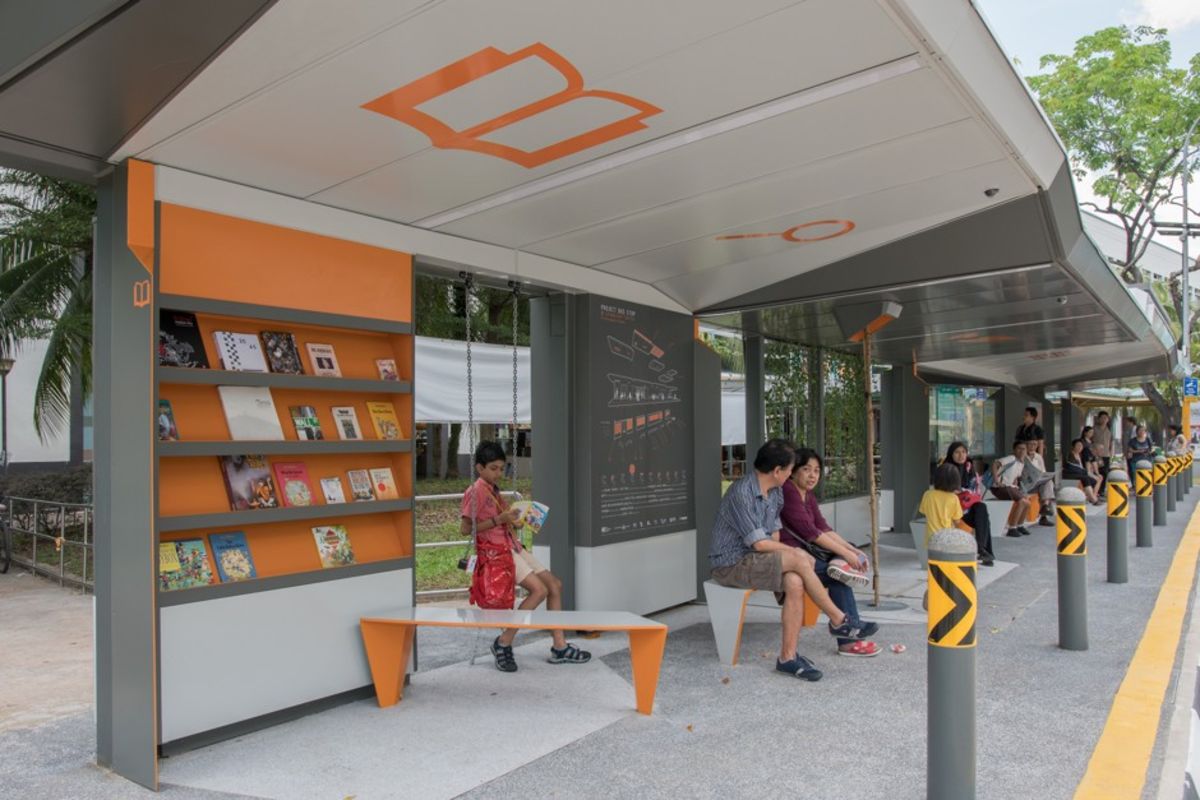
A boon, now and into the future
Using behavioural science techniques, we can build smarter systems that safely and accessibly nudge people of all ages and stages in the right direction – along the way, helping lift passenger numbers by making stops and stations more pleasant places to be.
With planning for public transport projects tending to happen through the lens of waning trends like the 9-to-5 commute and high rates of driver licencing, behavioural science also gives us a window into people’s favoured travel styles and patterns. Hearing the preferences of all ages and stages help us better plan.
Generation Y – the same cohort who’ll be hobbling about in 2050 – are not only getting their licences later, they’re predicted to be one of the biggest users of public transport in future. And they want to access regular public transport all the time. We're hearing from other groups that social and recreational travel is a major area of repressed demand.
If we're serious about reducing emissions from private vehicles and growing the numbers on city rail networks, now and into the future, behavioural science will have an important role to play. Get this part of the equation right with Auckland light rail and there’s every chance we’ll be more successful in weaning New Zealanders off the car habit and kickstarting a new, more sustainable, love affair with tracks and trams – for good, and for all.

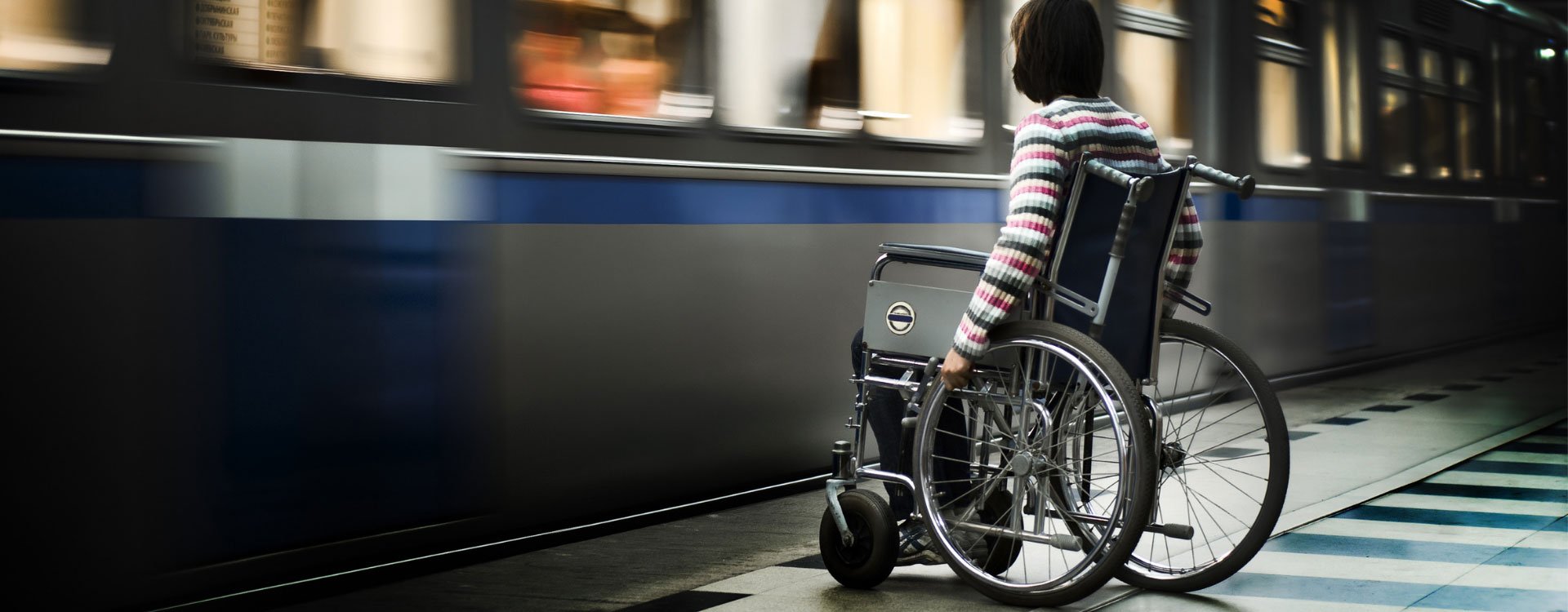



















.jpg)
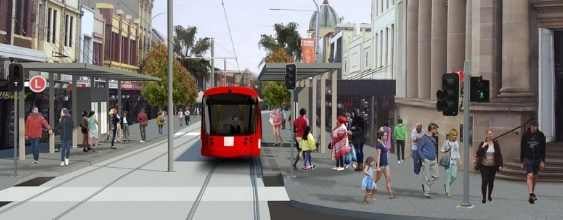
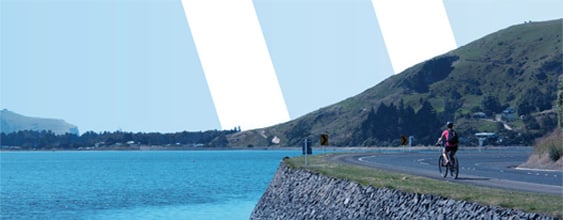

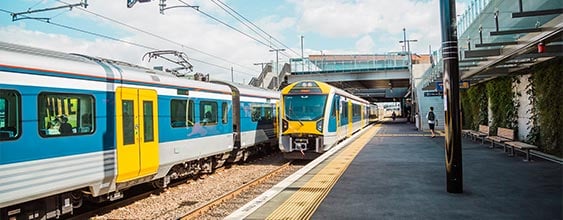
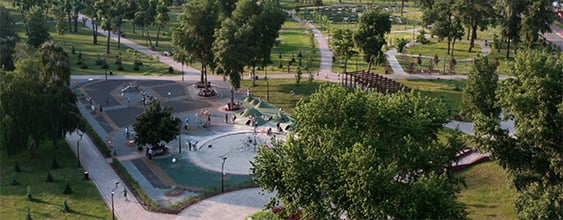
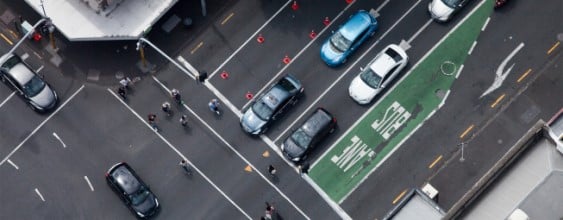
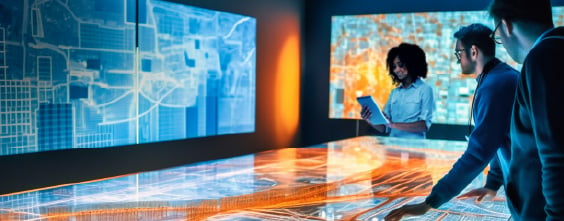
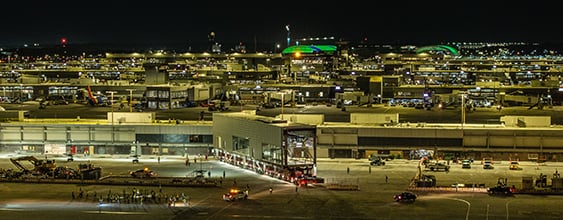



.png)

